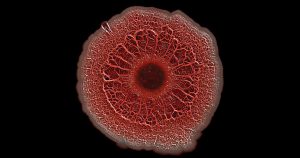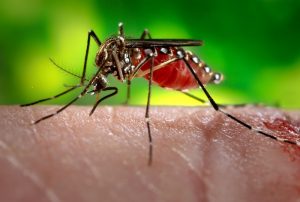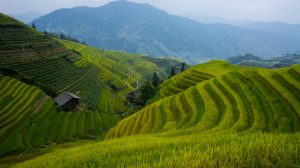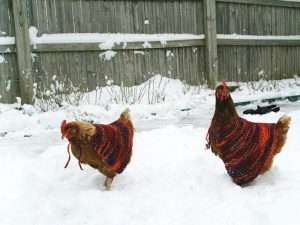Enter your address to receive notifications about new posts to your email.
Articles tagged Genomics
(69 results)
-
How does trisomy 21 cause heart defects in Down syndrome?
In 1983, the median lifespan for people born with Down syndrome in the US was only 25 years. Today, due to better treatments for some of the most dangerous complications, that number has more than doubled. Despite these strides, many people with Down syndrome still die prematurely from congenital heart defects. In a recent study, Rambo-Martin…
-
Inside the genome of a deadly desert disease
Rhinocladiella mackenziei is a fungus that infects the human brain. It is the most common cause of neurological fungal infections in arid regions of the Middle East, and it is fatal in 70% of cases. However, little is understood about this lethal pathogen—not even its natural habitat. To learn more about the biology of R.…
-
Is a statistical test letting significance slip through the cracks?
Every scientist is familiar with the p-value: it’s one of the most commonly used metrics in statistics to evaluate the likeliness that an observed relationship is due to chance. Typically, a cutoff is set at p=0.05, such that any p-value of greater than 0.05 means the result is deemed “not statistically significant”—a heartbreaking outcome for…
-
Transcription may be mutagenic in germline but not somatic tissues
When a mutation arises in an egg or sperm cell, it could be evolutionarily important. But if a mutation occurs in somatic tissue instead, the result could be cancer. Mutations in the germline and soma not only have contrasting consequences, they also arise at different rates that may reflect the balance of DNA damage and…
-
Clues to the innate drug resistance of a cocoa-fermenting pathogen
At first glance, the yeast Candida krusei seems as innocuous as microbes come: it’s used for fermenting cocoa beans and gives chocolate its pleasant aroma. But it’s increasingly being found as a pathogen in immunocompromised patients—and C. krusei infections aren’t always easy to cure. This yeast is naturally resistant to fluconazole, a first-line antifungal that’s…
-
Behind the cover: orchid bee genome
A green, iridescent bee perches on a pink flower, extending its proboscis to reach the sweet nectar inside. He’s not just after a meal—he’s also collecting fragrant substances to store inside his hollow rear legs. Later, he’ll buzz his wings to release the aroma with the hope of attracting a mate. The cover of the…
-
Missing kidney mutation found
It’s surprisingly common for babies to be born missing one or both kidneys; an estimated one in one thousand babies are born with a single kidney. Called renal agenesis, this condition is fatal if both kidneys are missing, and having just one can also lead to serious health problems like hypertension and early renal failure.…
-
Switching biofilm formation on and off in yeast
When a group of microorganisms needs to stick together, they build a biofilm. The cells cement themselves together onto a surface, forming durable structures that are notoriously hard to remove. In a medical setting, biofilms can contribute to dangerous antibiotic resistance. In the August issue of G3, Cromie et al. use a yeast model to…
-
Fast-evolving female-biased genes defy expectations in mosquitoes
Genes involved in male reproduction tend to evolve rapidly. This has been observed in many different species and is thought to be due to sexual selection as males compete over mating opportunities. But in the August issue of GENETICS, Whittle and Extavour present results that flip this paradigm upside down. They find that in the…
-
Lineage specific retrotransposons shaped the genome evolution of domesticated rice
Rice is one of the most important food crops on earth. Like many other plants, the genome of this critical global species is dominated by transposable elements—selfish genes that multiply themselves to the detriment of their host. In the June issue of G3, Zhang and Gao analyze the genomic long terminal repeat (LTR) retrotransposon content…
-
Hot wings and snow birds: Extreme temperature adaptation in domestic chickens
Humans built the modern world with the help of domestic plants and animals. A byproduct of our many domestication experiments is a series of excellent long-term controlled evolutionary comparisons that are helping geneticists understand adaptation. In a study published in the May issue of G3, Fleming et al. identify genomic regions under natural selection in…


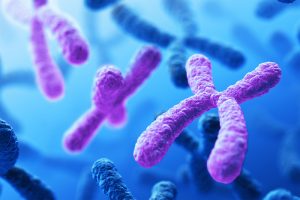


![Cross section of the ovary of an anglerfish. Photo by NIH Image Gallery via Flickr. [CC BY-NC 2.0]](https://s43361.pcdn.co/wp-content/uploads/2017/10/anglerfish_ovary770x-300x225.jpg)
![Cocoa farmer David Kebu Jnr holding the finished product, dried cocoa beans ready for export. Image by Irene Scott/AusAID [CC BY 2.0], via Wikimedia Commons.](https://s43361.pcdn.co/wp-content/uploads/2017/09/Webp.net-resizeimage-12-300x201.jpg)
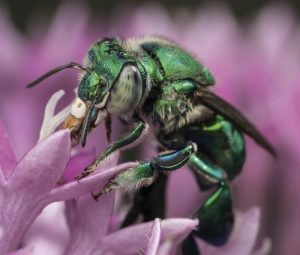
![Photo by Hey Paul Studios via Flickr. [CC BY 2.0]](https://s43361.pcdn.co/wp-content/uploads/2017/09/kidney_770x-1-300x233.jpg)
